There can be your advertisement
300x150
Designer Vikа Zolina on How to Start Your Own Business
Before launching your business in the interior design industry, we recommend studying the experience of professionals whose businesses have already "taken off" and are profitable. We tell how it worked for Vika Zolina.
Viktoria Zolina — Designer. Graduate of the British School of Design, founder of Zi-design interior design studio.
On Choosing the Profession
Vika is a certified psychologist, but as often happens, her first education didn’t become the focus of her life. However, it definitely wasn’t useless: now psychological skills help her understand real client needs.
Interest in design started in school, but there was no proper preparation for admission to an architecture institute. After graduating from Moscow State University, Vika studied at the British School of Design while working in an advertising agency.
I liked studying design, but not everything went smoothly: I had thoughts that I wasn’t doing the right thing. But for five years now, I’ve been working independently, and the last two years — with a team. We grow both quantitatively and professionally.
On the Team
In the beginning, the designer worked alone: she drew herself, communicated with contractors, and handled estimates. Today, under Vika’s leadership, there is her own interior design studio Zi-design, which is a team of several people. They are all free spirits.
Usually, a minimum of six people are involved in a project. For example, another designer who helps with interior design, an employee responsible for interaction with contractors: requesting estimates and samples, controlling delivery deadlines, coordinating commercial proposals, etc. There are specialists in construction, others who help with drawings, make visualizations, and work with social media. But the key link is Vika herself.
I handle the first meeting, actively participate in creating sketches, solve organizational issues, deal with force majeure, oversee project work, and am fully responsible for it.
"Online accounting really helps. For example, the Point Bank takes care of tax calculation, insurance contributions, and reporting preparation — and this greatly eases the life of creative people like us. You can work on the way to a site or on the go through your smartphone, and any questions can be solved in chat or by phone 24/7. "
On the Schedule
The designer now has many meetings, a crazy and chaotic schedule. During renovation, eight apartments are being worked on, and we need to select and approve samples, control deliveries, travel to sites, and solve current construction issues.
No day of mine looks the same. Often I have to quickly reorganize and change priorities. There are trips to St. Petersburg where we have an interesting project in progress.
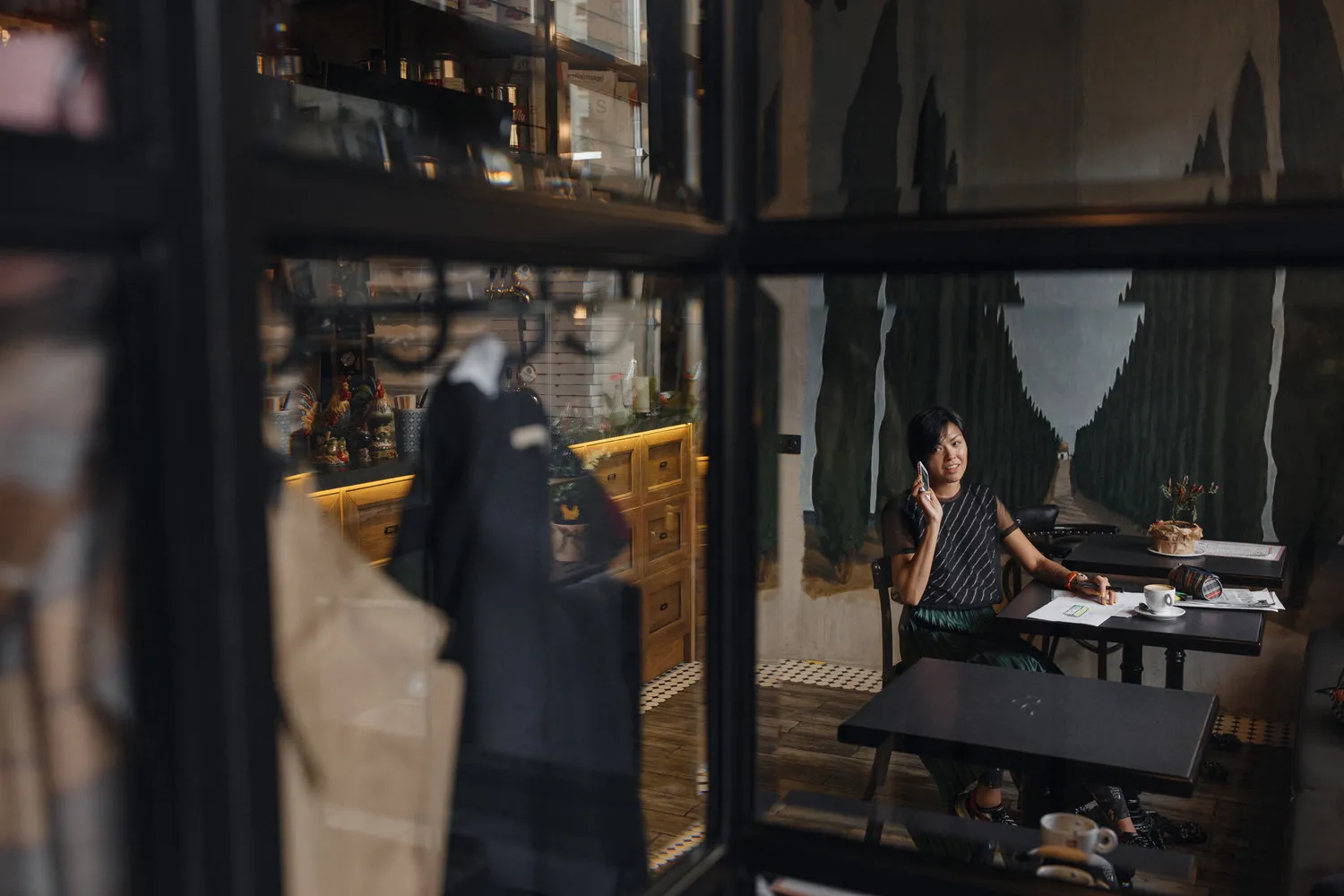
On How to Keep Everything Under Control
"Every evening I review the day’s results and prioritize tasks: some matters are completed, others become top priority. In the morning we call each other to plan the day," says Vika. "Thanks to messengers and network programs, we're always in touch. A separate working group is created for each project: one with us and the client, another with the foreman, and another for furnishings. There is a work schedule, procurement plan, and a network file with current and actual issues."
On Working Without an Office
Zi-design has a "mobile office": the team works at home, on sites, and in cars. "In the end, we achieve more and move faster. We had experience working in a co-working space, but it turned out not to be our story: the girls have children and prefer working from home with a flexible schedule."
Vika usually meets clients in cafes or directly at the site. This is convenient for the clients themselves: all of them are busy people who value that I come to meet them rather than spending time on the way to an office.
My second workspace is a cafe, and the first is my car. Here I handle payments to contractors, translate money for decor and furniture, and all this is done online via Point Bank. "What's interesting, I never went to their office: they opened an account on the same day. The account number is provided immediately after the application, and this is a big help," Vika says.
Initial meetings with contractors usually take place on their premises: the designer wants to see samples in person, touch materials, and check furniture and interior items.
On the Work Process
There are projects where everything goes according to plan, in line with agreed-upon sketches, estimates, selected samples, and procurement plans. "But sometimes changes are made during the renovation process," adds the designer. "And here everything is unpredictable and depends on the client's availability. Sometimes I independently choose an alternative, send photos, and get approval. Or we go to stores and construction markets 3-4 times a week with the client in search of the needed item."
On Promotion
The designer believes that aggressive advertising is not necessary for the company. "We have small regular expenses on social media marketing. Today, this is more about maintaining visibility that we're alive. But I plan to change the approach — use Point’s bonuses: I have an idea to run ads on major services like Yandex.Direct, VK, and others, with a total cost of up to 190,000 rubles."
We tried contextual advertising on Facebook and Instagram but didn't like the results: the requests we received weren’t very interesting.
But a good PR specialist is needed to handle writing articles, filling the website, and communicating with editors. Currently, this work is done by Vika.
4 Quick Questions to Vika Zolina
Where to Find Clients?
80% of our projects come from referrals. The rest are from publications on INMYROOM.RU and other thematic platforms.
And Reliable Contractors?
This is the problem of every designer, I think. I use social media posts to find suppliers and contractors among my friends, ask for contacts from colleagues, and search independently — but the results are unpredictable.
We now have an established supplier base, but we don't always work with them due to deadlines or cost.
The most important thing I do before confirming cooperation with a contractor is to check them through Point’s service. This filter has already saved me from errors and protected my money several times.

What Are the Mandatory Points in a Contract?
Deadlines for work completion, payment schedules, and conditions for completing project stages — from both our side and the client or contractor.
Which Projects in Zi-design Are Your Favorites?
For me, it’s the trash in the “Velton Park” residential complex, where we’re planning to start renovation soon. I like this interior for its cleanliness and style.
I really love the apartment in St. Petersburg, where the renovation is currently in progress. It's full of color and light, with interesting and exclusive solutions, vintage items that are currently in high demand. Among recent finds — a mirror frame from old wooden window frames.
4 Quick Tips for a Designer Who Wants to Start Their Own Studio
Your Professionalism Is Your Reputation
It's important to gain experience in the profession. During my studies, I went on an internship at an architecture studio and stayed there for a couple of years. At that time, I thought I had already gone through fire and water. But I’ll be honest: I’m still learning and gaining experience. There are mistakes, and things often don’t go as planned, but having experience helps you handle such situations well.
Learn to Take Responsibility
In my opinion, this is a key characteristic in any profession. "Everyone makes mistakes sometimes," and blaming your assistants, contractors, couriers, and others is at least unprofessional because the key link in client contact is you, and your team’s work is your face.
I value my team members and prefer solving problems rather than finding fault, which I also teach to my employees.
Build Your Own Portfolio
If you can’t agree to publish projects done while working in another studio, you can create two carefully planned virtual projects and publish them. But never steal others’ images.
Focus on What You Truly Love and Are Good at
Concentrate fully on creativity, and delegate routine work to a partner who understands it. This way, you’ll avoid errors and save a lot of time.
"With my partner — the Point Bank — we divide responsibilities this way: the bank handles IP registration, accounting, and taxes, while I use the corporate card for small expenses and the app to manage my business entirely."
Photo: Pavel Prisyazhny
More articles:
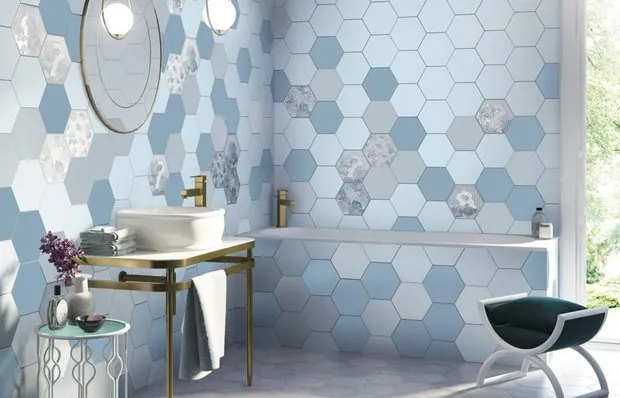 Which Tile to Choose: 5 Latest Trends
Which Tile to Choose: 5 Latest Trends Together with a Designer: Completely Renewing the Living Room Interior
Together with a Designer: Completely Renewing the Living Room Interior Everything You Need to Know About Maison & Objet 2018: Designers' Impressions
Everything You Need to Know About Maison & Objet 2018: Designers' Impressions Choosing Floor Covering for Quick Replacement: 5 Options
Choosing Floor Covering for Quick Replacement: 5 Options Shine, Glamour and Lots of Light: Apartment in the USA
Shine, Glamour and Lots of Light: Apartment in the USA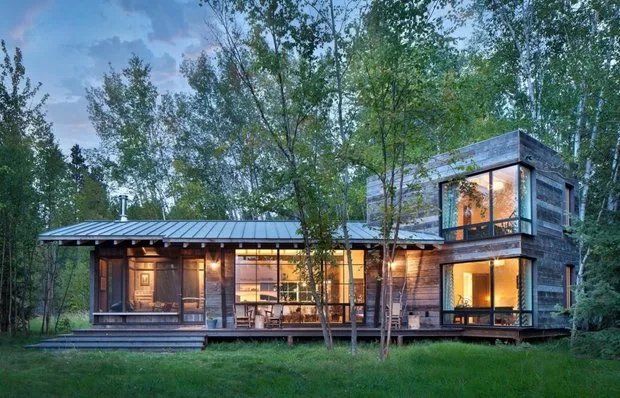 Two-Story Cottage with Lake View
Two-Story Cottage with Lake View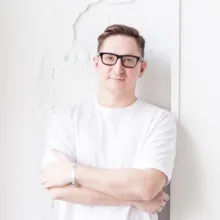 How to Update an Old Kitchen: Masterclass by Sasha Mershiev
How to Update an Old Kitchen: Masterclass by Sasha Mershiev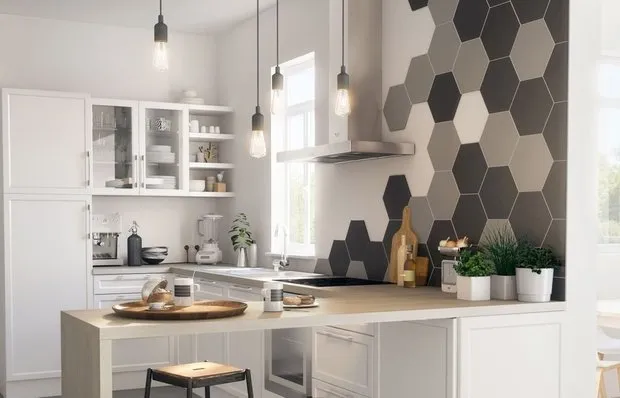 78 mistakes in renovation that you can make
78 mistakes in renovation that you can make